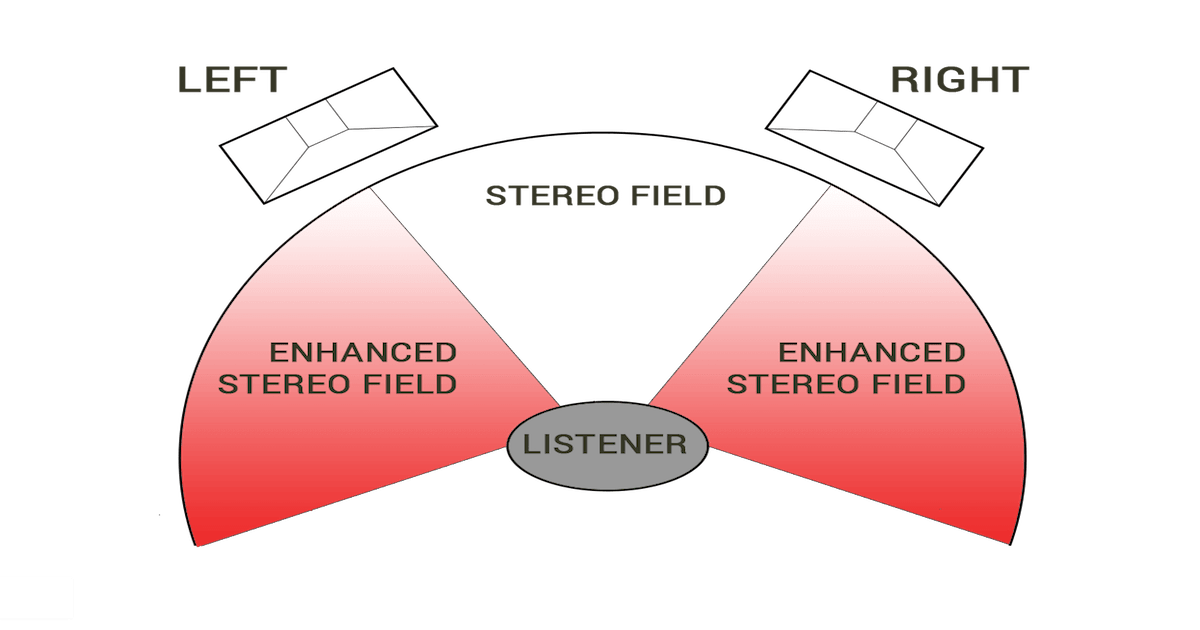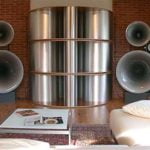It’s the time of year for saving money!
It is a pretty well known fact that one aspect of the audiophile hobby is the concept of imaging. This is not to be confused with “soundstage.” When looking up both terms in J. Gordon Holt’s “The Audio Glossary,” soundstage is defined as “The physical environment in which a recording is, or was made.” That may not really be completely accurate for defining what we are hearing from our speakers. The next definition listed is “soundstaging or soundstage presentation.” This one hits more closely to home – “The accuracy with which a reproducing system conveys audible information about the size, shape and acoustical characteristics of the original recording space and the placement of the performers within it.” “Imaging,” on the other hand is defined as “The accuracy with which a stereo system recreates the original sizes and location of the instruments across the soundstage.”
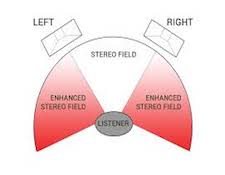 Some may argue that both are essentially the same and it is quite common that the terms are almost used interchangeably. Soundstage, at least as it applies to the audiophile hobby, is a recorded representation of where the recording was made. Imaging is the specific location of instruments within that soundstage. Imaging is created by a number of different factors – speaker / listening position, the room itself (and any room treatments), the equipment, and of course, the recording.
Some may argue that both are essentially the same and it is quite common that the terms are almost used interchangeably. Soundstage, at least as it applies to the audiophile hobby, is a recorded representation of where the recording was made. Imaging is the specific location of instruments within that soundstage. Imaging is created by a number of different factors – speaker / listening position, the room itself (and any room treatments), the equipment, and of course, the recording.
Probably most important to proper imaging involves speaker placement and the relationship of the listening position to the speakers. It is a commonly known fact that the closer the speakers are to the front wall the more powerful the bass response becomes. Doing so also reduces imaging depth. Moving the speakers further away from the front wall increases depth but also tends to lessen bass. The trick is to get the speakers a distance from the front wall that satisfies both- and that, of course, is a personal preference. The listening position should form an equilateral triangle with the speakers – or at least be in a close proximity.
Another very important aspect of speaker placement is the distance to the side walls. This is highly responsible for accurate imaging and without it, imaging suffers. It took me several months in my new listening room to finally find the exact speaker position I liked. Needless to say, I was very deliberate and took my own sweet time. I wanted to be absolutely sure I found the ideal sonic location and once done, leave the speakers in that configuration. Finding the best speaker placement is obviously of paramount importance for listener enjoyment. This is one of those things where there is almost no wrong answer. Almost.
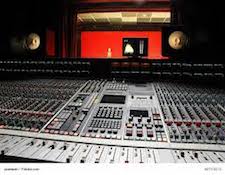 Recording engineers can also effect imaging. If you’ve ever heard a drum track, for instance, that has the tom toms on one side of the room and the cymbals on the other side of the room, that is the work of the recording engineer. Are such recording techniques accurate with what might be heard in a live venue? No, probably not. However, I think it makes the recorded music played through an audio system more interesting.
Recording engineers can also effect imaging. If you’ve ever heard a drum track, for instance, that has the tom toms on one side of the room and the cymbals on the other side of the room, that is the work of the recording engineer. Are such recording techniques accurate with what might be heard in a live venue? No, probably not. However, I think it makes the recorded music played through an audio system more interesting.
So why did I go through all this prolonged placement torture just so I could hear instruments scattered all about the front of the room? So what if I hear an audible representation of where the musicians were standing, or where the recording engineer wanted me to think they were standing? Who cares? Non audiophiles pretty much don’t have an inkling of what imaging is as it relates to a stereo system, or even care. Why should I?
Is it really so simple an answer? Imaging makes recorded music sound decidedly more interesting. It calls the listener to become more involved with the music. It makes the listener almost think he or she is at a live concert. Spatial cues in terms of musical depth and width provide an added dimension of realism to recorded music. And if we posit that the ultimate, albeit unachievable, goal of a high performance audio system is to replicate live music, should it not then follow that any condition that provides a small measure of such an experience is a good thing?
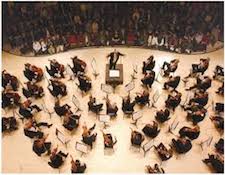 Consider a symphony orchestra giving a live concert and you are in the audience. Suppose further that you are in the fifth row, orchestra section right in the middle of the stage. You would be able to easily see where the musicians were sitting – stringed instruments, woodwinds, percussion, piano, etc. You could also hear the direction of the sound from those instruments. Our ears and brain are veritable marvels at defining sound in terms of directionality. If anyone should find a musical presentation such as this enjoyable, then why would that same perspective, regardless of how it might have been created, not be welcomed in a home audio system?
Consider a symphony orchestra giving a live concert and you are in the audience. Suppose further that you are in the fifth row, orchestra section right in the middle of the stage. You would be able to easily see where the musicians were sitting – stringed instruments, woodwinds, percussion, piano, etc. You could also hear the direction of the sound from those instruments. Our ears and brain are veritable marvels at defining sound in terms of directionality. If anyone should find a musical presentation such as this enjoyable, then why would that same perspective, regardless of how it might have been created, not be welcomed in a home audio system?
For me, imaging is one of the more important aspects of what I look for in an audio system of audiophile caliber. When I listen to my system, one of my measures of importance, and probably the first one that grabs my attention, is the specific placement of instruments in the soundstage. I consider imaging equally, if not more important as bass response, dynamics and clarity.
Imaging has the ability to make music more interesting. Hearing a musical presentation made in a realistic fashion may transport the listener to a time remembered – maybe a favorite concert, or some memorable past event. Imaging is considerably responsible for the emotional connection we make to the music we hear on our systems. And while a reproduced sound will never be the sonic equivalent of a live presentation, coming somewhere close is a profoundly more enjoyable way of listening to music.
